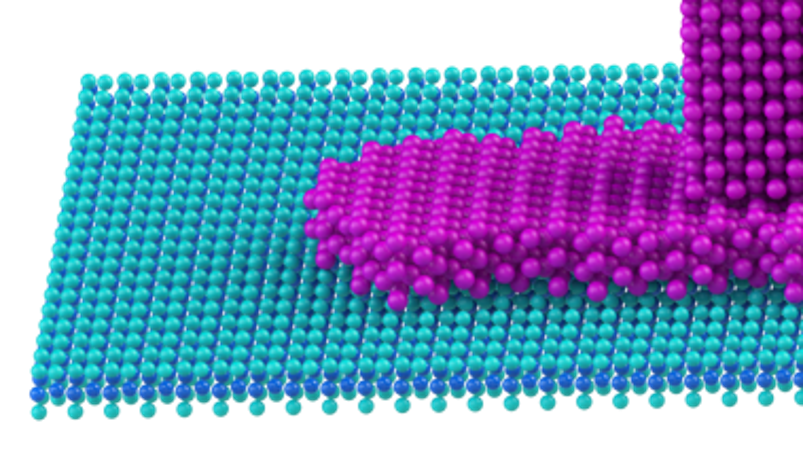 In many superconductors, applying a sufficiently strong magnetic field causes superconducting electrons to create current vortices that can be drawn along with a steady electric current. To learn more about how these vortices move, researchers have now visualized their trajectories in a situation where they are driven to oscillate at near-terahertz frequencies [1]. They observed the vortex motion on picosecond timescales and found that, under these conditions, a vortex’s effective mass is 10,000 times less than expected. This result may be important for efforts to improve high-current superconducting devices.
In many superconductors, applying a sufficiently strong magnetic field causes superconducting electrons to create current vortices that can be drawn along with a steady electric current. To learn more about how these vortices move, researchers have now visualized their trajectories in a situation where they are driven to oscillate at near-terahertz frequencies [1]. They observed the vortex motion on picosecond timescales and found that, under these conditions, a vortex’s effective mass is 10,000 times less than expected. This result may be important for efforts to improve high-current superconducting devices.
 KLM Royal Dutch Airlines has agreed to perform a flight demonstration of ZeroAvia’s ZA2000 hydrogen-electric engines in 2026. “We’re going to do a groundbreaking demonstration flight between two airports using liquid hydrogen fuel,” KLM CityHopper MD Maarten Koopmans says at the Farnborough Airshow. “KLM wants to be a front-runner in this field, and taking this step today is showing that we are very serious about it.”
KLM Royal Dutch Airlines has agreed to perform a flight demonstration of ZeroAvia’s ZA2000 hydrogen-electric engines in 2026. “We’re going to do a groundbreaking demonstration flight between two airports using liquid hydrogen fuel,” KLM CityHopper MD Maarten Koopmans says at the Farnborough Airshow. “KLM wants to be a front-runner in this field, and taking this step today is showing that we are very serious about it.”
Read More
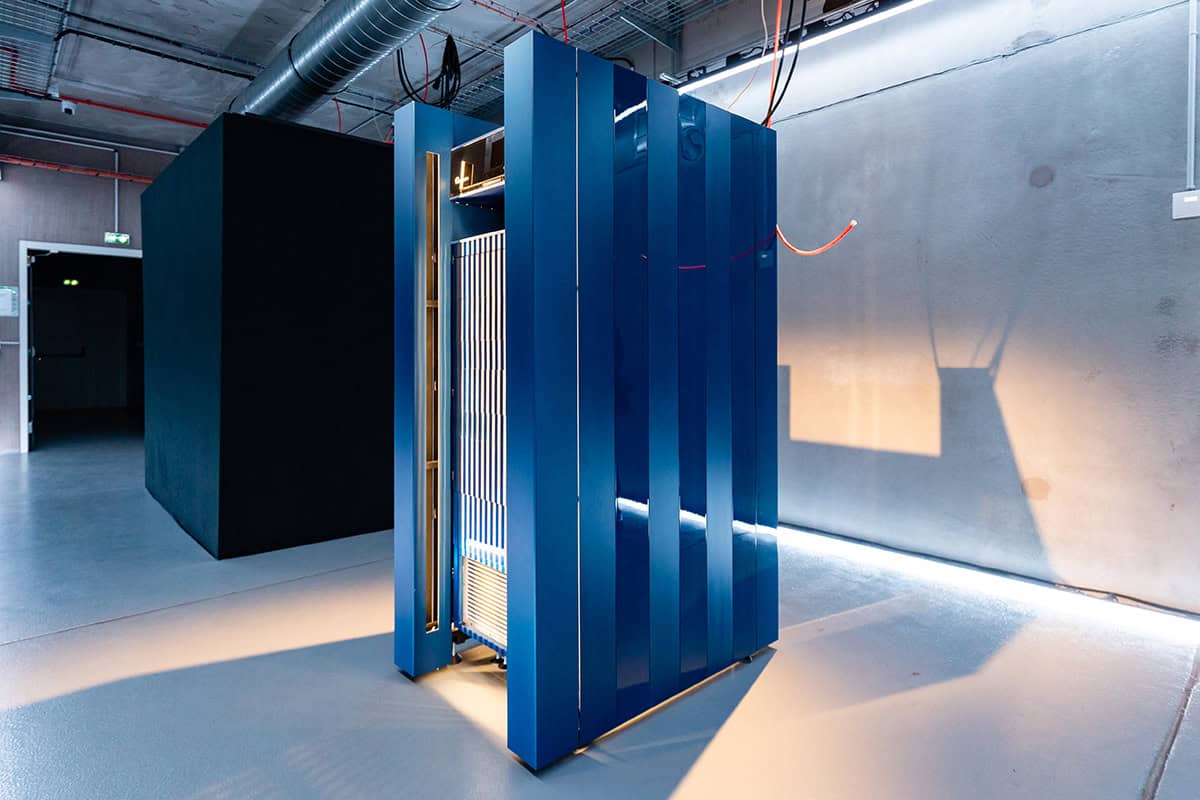 The nascent quantum technology supply chain has reached an inflection point as companies large and small – among them household names like Google, Microsoft and IBM as well as a new wave of ambitious start-up ventures – shift gears to translate their applied research endeavours into at-scale commercial opportunities in quantum computing, quantum communications and quantum metrology. At the heart of this emerging quantum ecosystem is attocube, a German manufacturer of specialist nanotechnology solutions for research and industry, which is aligning its product development roadmap to deliver the R&D and manufacturing tools needed to support the scale-up and commercialization of next-generation quantum technologies.
The nascent quantum technology supply chain has reached an inflection point as companies large and small – among them household names like Google, Microsoft and IBM as well as a new wave of ambitious start-up ventures – shift gears to translate their applied research endeavours into at-scale commercial opportunities in quantum computing, quantum communications and quantum metrology. At the heart of this emerging quantum ecosystem is attocube, a German manufacturer of specialist nanotechnology solutions for research and industry, which is aligning its product development roadmap to deliver the R&D and manufacturing tools needed to support the scale-up and commercialization of next-generation quantum technologies.
Read More
 A new superconducting compound offers a bridge to more practical superconductors with a potentially attractive range of applications, according to new research. And the new material’s strange magnetic behavior recalls classic superconductors of decades ago—but this time in a material that’s already demonstrated its near-room-temperature bona fides.
A new superconducting compound offers a bridge to more practical superconductors with a potentially attractive range of applications, according to new research. And the new material’s strange magnetic behavior recalls classic superconductors of decades ago—but this time in a material that’s already demonstrated its near-room-temperature bona fides.
Read More

Temperature is probably the second most measured physical quantity in our modern world — after time. When I wake up in the morning, the first thing I usually check is the time (to see if I should go back to sleep), but the second thing I check is the temperature outside (so that I know how to dress). Temperature is such a common measurement that we sometimes forget how important it is. From dairy farming to rocketry, from climate science to weather prediction, so many things require an accurate knowledge of temperature.
Read More
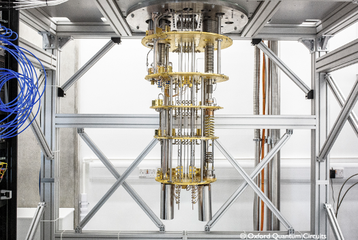 Fans of science fiction will know that cryogenic freezing is a commonly used mode of transport for astronauts wishing to traverse the galaxy. From classic movies like 2001: A Space Odyssey and Alien to more modern tales such as Interstellar, sci-fi writers love nothing better than plunging their protagonists into deep freeze to allow them to travel millions of miles unscathed.
Fans of science fiction will know that cryogenic freezing is a commonly used mode of transport for astronauts wishing to traverse the galaxy. From classic movies like 2001: A Space Odyssey and Alien to more modern tales such as Interstellar, sci-fi writers love nothing better than plunging their protagonists into deep freeze to allow them to travel millions of miles unscathed.
Read More
 OPW announced today that it has completed the acquisition of Demaco, a provider of vacuum jacketed piping and other cryogenic equipment for gas producers, research institutions, EPC contractors, and end-users of liquefied gasses within various end-markets. Demaco will become part of the OPW Clean Energy Solutions business unit.
OPW announced today that it has completed the acquisition of Demaco, a provider of vacuum jacketed piping and other cryogenic equipment for gas producers, research institutions, EPC contractors, and end-users of liquefied gasses within various end-markets. Demaco will become part of the OPW Clean Energy Solutions business unit.
Read More
NIST Scientists Modify Common Lab Refrigerator to Cool Faster with Less Energy
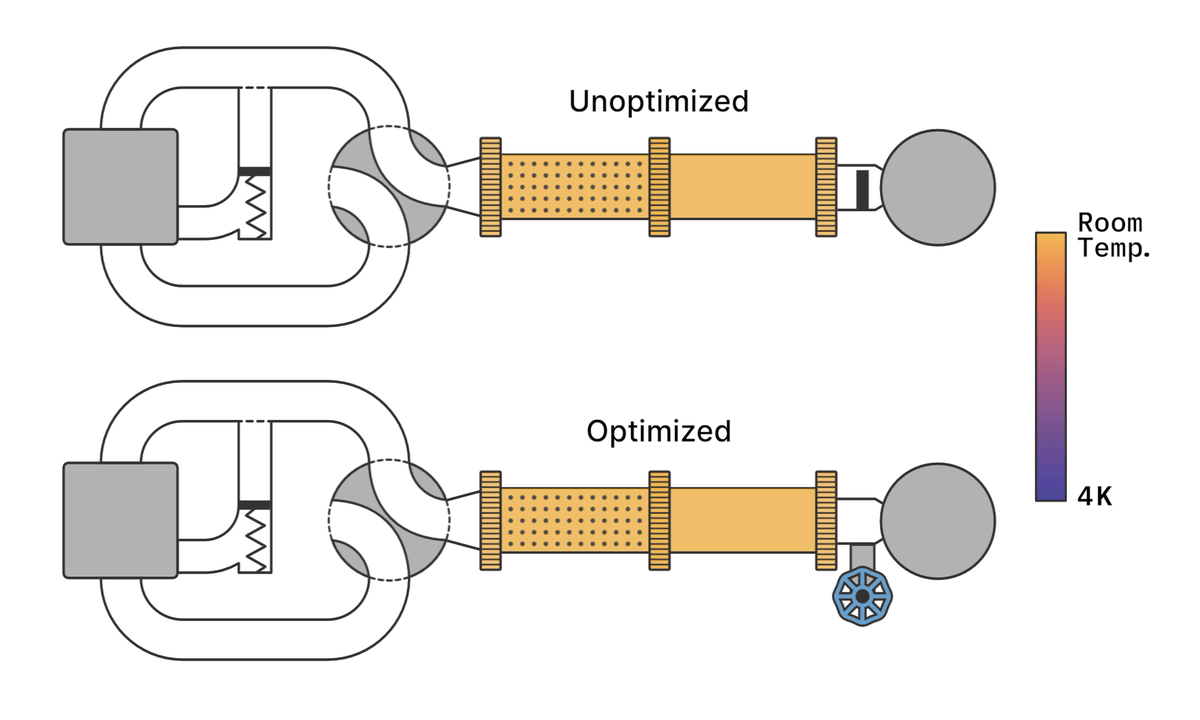 In a groundbreaking development, scientists at the National Institute of Standards and Technology (NIST) have engineered a significant enhancement to the efficiency of cooling materials to temperatures near absolute zero. Through modifications to a commonly used laboratory refrigerator, they have achieved remarkable reductions in both cooldown time and energy consumption. This innovation holds profound implications for various fields reliant on ultracold temperatures, from quantum computing to astronomy and superconductors.
In a groundbreaking development, scientists at the National Institute of Standards and Technology (NIST) have engineered a significant enhancement to the efficiency of cooling materials to temperatures near absolute zero. Through modifications to a commonly used laboratory refrigerator, they have achieved remarkable reductions in both cooldown time and energy consumption. This innovation holds profound implications for various fields reliant on ultracold temperatures, from quantum computing to astronomy and superconductors.
Read More
 Equigas, Inc., a North Carolina-based gas equipment distributor, has embarked on an exciting new chapter with its recent acquisition of Correct Cryogenics, a respected cryogenic service provider headquartered in the Southwest US. This strategic move is a pivotal moment for Equigas as it seeks to expand its service offerings and solidify its presence in the US cryogenic and industrial gas markets.
Equigas, Inc., a North Carolina-based gas equipment distributor, has embarked on an exciting new chapter with its recent acquisition of Correct Cryogenics, a respected cryogenic service provider headquartered in the Southwest US. This strategic move is a pivotal moment for Equigas as it seeks to expand its service offerings and solidify its presence in the US cryogenic and industrial gas markets.
Read More
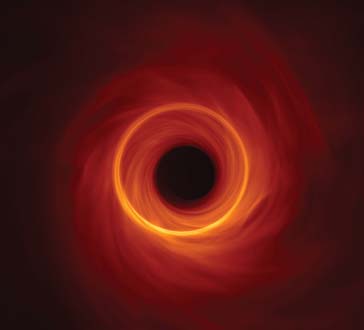 Introduction to BHEX-The Black Hole Explorer (BHEX) is a mission that will discover and measure a black hole’s photon ring, capturing light that has orbited a black hole. BHEX will extend the Event Horizon Telescope (EHT) into space, producing the sharpest images in the history of astronomy, whilst operating a space-Earth hybrid VLBI observatory by sending the BHEX radio telescope into space to link down with the existing EHT telescope on Earth.
Introduction to BHEX-The Black Hole Explorer (BHEX) is a mission that will discover and measure a black hole’s photon ring, capturing light that has orbited a black hole. BHEX will extend the Event Horizon Telescope (EHT) into space, producing the sharpest images in the history of astronomy, whilst operating a space-Earth hybrid VLBI observatory by sending the BHEX radio telescope into space to link down with the existing EHT telescope on Earth.
Read More
Accurate predictions for performance and life of motors and bearings in cryogenic turbomachinery have become more critical than ever with rapid advancements in space as well as for the burgeoning hydrogen economy. The use of cryogenic propellants for space application includes both needs for rockets and landers, as well as for in-space propulsion and transfer. For the hydrogen economy, there is the need to pump LH2 to higher pressures in vehicles for feeding into engines or fuel cells as well as to transfer with power dense solutions. For these applications, reliable long-term operation, small size and efficiency are paramount to successful adoption. Two of the most critical components to achieve the necessary requirements in these applications are long-lasting bearings and high-speed, efficient motors. While Barber-Nichols (BN) has successfully implemented cryogen immersed motors and ball bearings in turbomachinery for over 35 years, the requirements for these new applications are pushing advancement beyond the current state of the art.
Read More
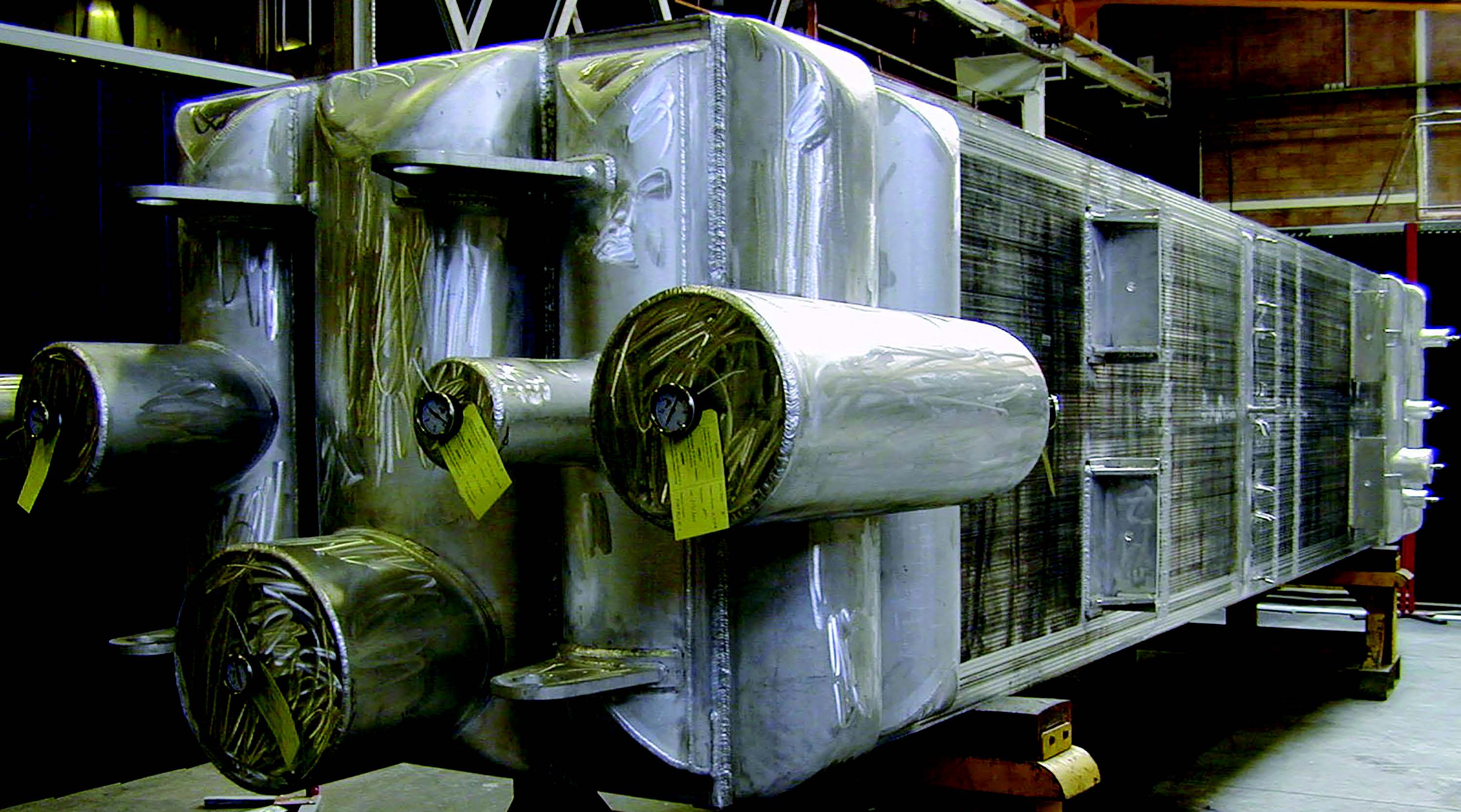 The Largest Renewable Energy Storage Project-Fives, a global industrial engineering group, has been selected by Zhonglv Zhongke Energy Storage Technology Co. to supply cryogenic equipment for the largest renewable energy storage project on an industrial scale. This project, located in Golmud, Qinghai province, China, is set to be operational by the end of 2024 and marks the first industrial-scale implementation of Liquid Air Energy Storage (LAES) technology.
The Largest Renewable Energy Storage Project-Fives, a global industrial engineering group, has been selected by Zhonglv Zhongke Energy Storage Technology Co. to supply cryogenic equipment for the largest renewable energy storage project on an industrial scale. This project, located in Golmud, Qinghai province, China, is set to be operational by the end of 2024 and marks the first industrial-scale implementation of Liquid Air Energy Storage (LAES) technology.
Read More
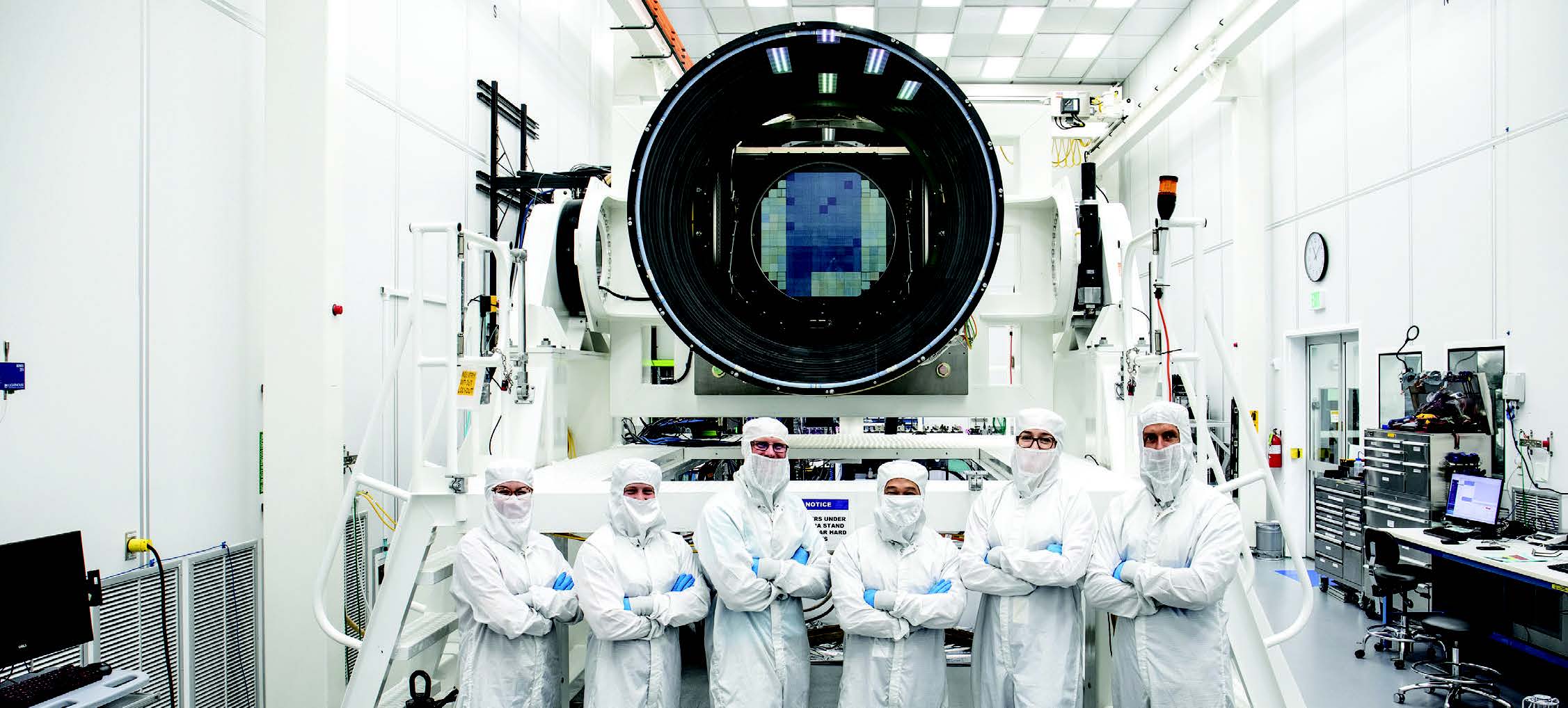 The Legacy Survey of Space and Time (LSST) Camera in Chile and NASA’s Compact Thermal Imager (CTI) represent cutting-edge advancements in astronomical and Earth science technology. The LSST Camera, soon to be operational at the Vera C. Rubin Observatory, will survey the entire southern sky every three nights for a decade, producing detailed data to study dark matter, dark energy and transient astronomical events. In contrast, NASA’s multiple high-resolution infrared cameras and their sensors, already in operation, are designed for specific scientific and practical applications, from monitoring wildfires to studying planetary compositions. These cameras provide high-resolution imaging for wildfire detection and atmospheric studies from the International Space Station.
The Legacy Survey of Space and Time (LSST) Camera in Chile and NASA’s Compact Thermal Imager (CTI) represent cutting-edge advancements in astronomical and Earth science technology. The LSST Camera, soon to be operational at the Vera C. Rubin Observatory, will survey the entire southern sky every three nights for a decade, producing detailed data to study dark matter, dark energy and transient astronomical events. In contrast, NASA’s multiple high-resolution infrared cameras and their sensors, already in operation, are designed for specific scientific and practical applications, from monitoring wildfires to studying planetary compositions. These cameras provide high-resolution imaging for wildfire detection and atmospheric studies from the International Space Station.
Read More
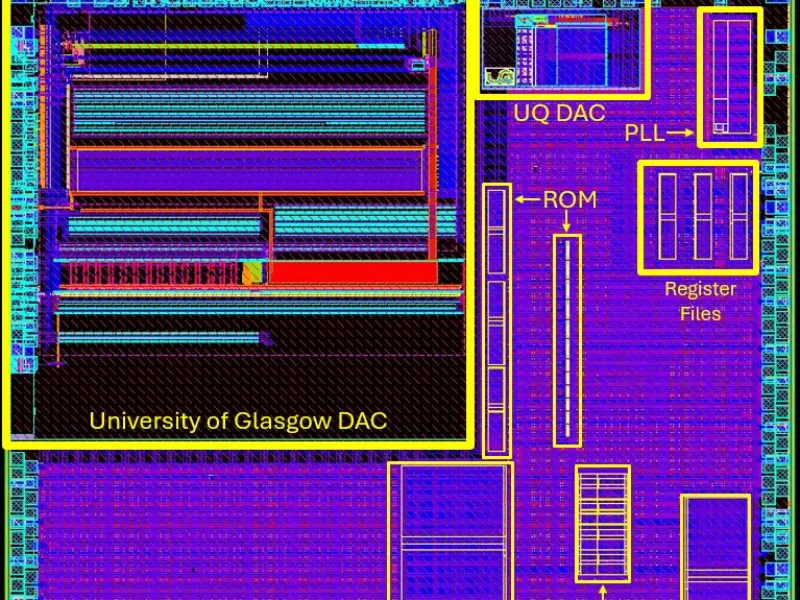 In the race to unlock the full potential of quantum computing, recent breakthroughs in cryogenic CMOS technology are paving the way for a new era of computational power. At the forefront of this frontier are pioneering efforts by Semiwise and SureCore, in collaboration with Cadence Design Systems, aimed at overcoming critical challenges in developing circuits that operate at near absolute zero temperatures.
In the race to unlock the full potential of quantum computing, recent breakthroughs in cryogenic CMOS technology are paving the way for a new era of computational power. At the forefront of this frontier are pioneering efforts by Semiwise and SureCore, in collaboration with Cadence Design Systems, aimed at overcoming critical challenges in developing circuits that operate at near absolute zero temperatures.
Read More
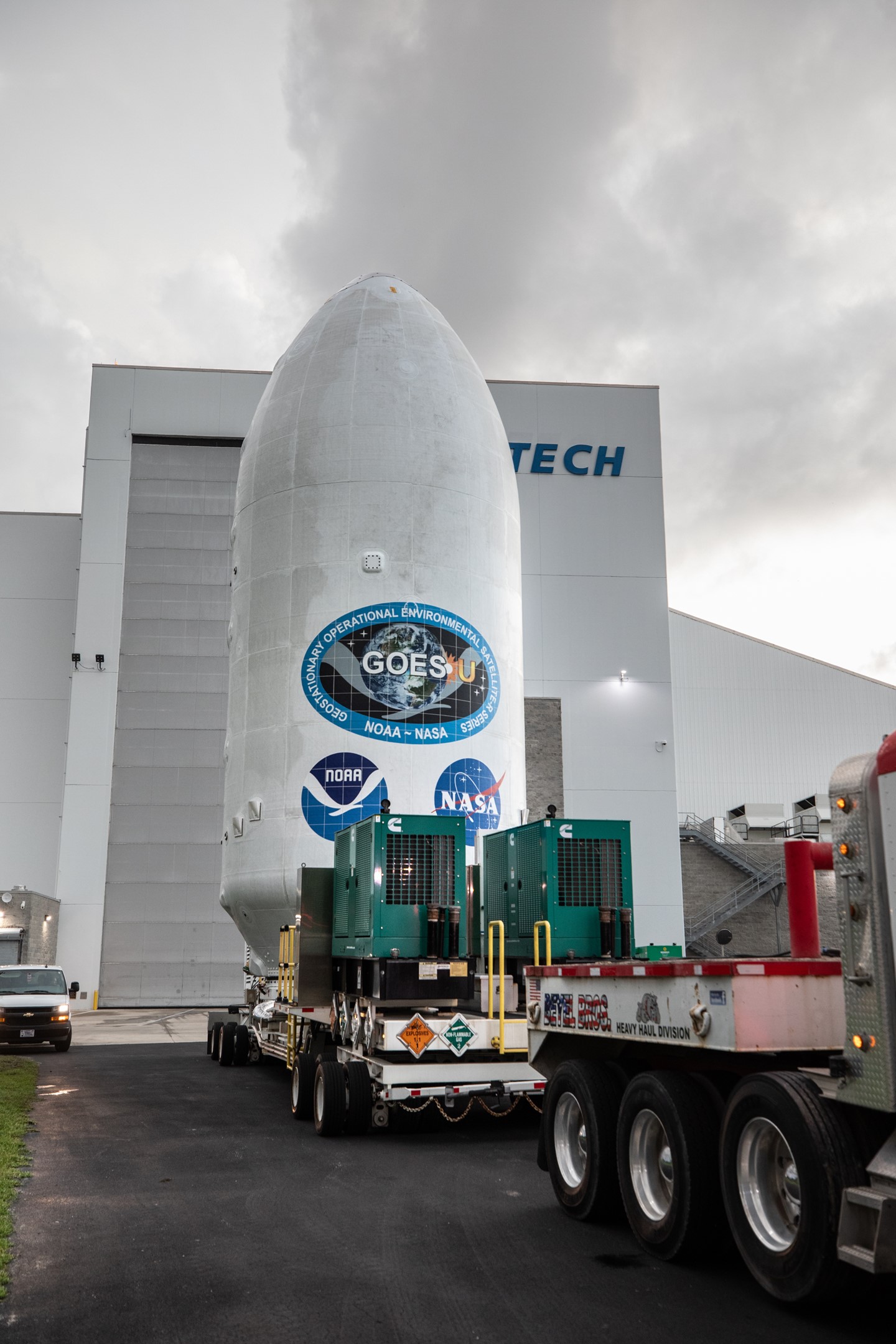 NASA, NOAA (National Oceanic and Atmospheric Administration), SpaceX, and GOES-U (Geostationary Operational Environmental Satellite-U) mission managers met on June 20 to conduct a Flight Readiness Review at NASA’S Kennedy Space Center in Florida. During the review, teams provided an update on the mission status and certified the readiness to proceed with final launch preparation activities.
NASA, NOAA (National Oceanic and Atmospheric Administration), SpaceX, and GOES-U (Geostationary Operational Environmental Satellite-U) mission managers met on June 20 to conduct a Flight Readiness Review at NASA’S Kennedy Space Center in Florida. During the review, teams provided an update on the mission status and certified the readiness to proceed with final launch preparation activities.
Read More
Shine on: Upgraded Advanced Photon Source sees first X-ray light for science

A new era of science at the Advanced Photon Source (APS) is ready to begin. On June 17, 2024, the facility at the U.S. Department of Energy’s (DOE) Argonne National Laboratory delivered its first X-ray light beams to a scientific beamline as part of a comprehensive and complex upgrade.
Read More
 Fusion power, the Holy Grail of nuclear energy for decades, may finally be within our grasp. If the scientists and engineers at Commonwealth Fusion Systems (CFS), a company with close ties to the Massachusetts Institute of Technology Plasma Science and Fusion Center, are right, fusion is nearly ready for power market entry. In Devens, Mass., CFS says it will be ready to ship its first devices in the early 2030s.
Fusion power, the Holy Grail of nuclear energy for decades, may finally be within our grasp. If the scientists and engineers at Commonwealth Fusion Systems (CFS), a company with close ties to the Massachusetts Institute of Technology Plasma Science and Fusion Center, are right, fusion is nearly ready for power market entry. In Devens, Mass., CFS says it will be ready to ship its first devices in the early 2030s.
Read More
Space Systems Command Grants Contracts for Space Laser Communication Prototypes
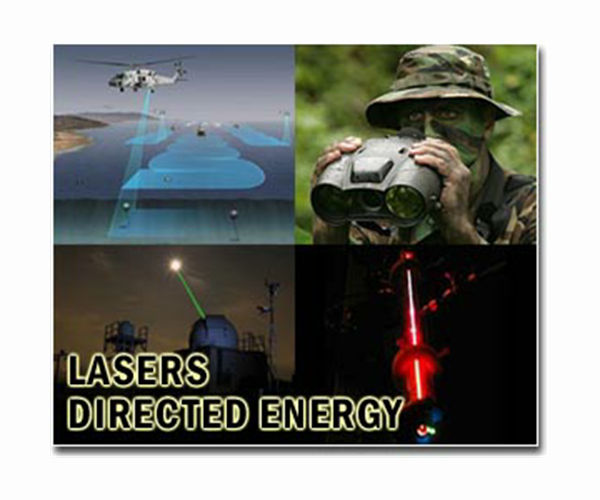 The United States Space Force's Space Systems Command (SSC) has awarded four contracts to Blue Origin, CACI International Inc., General Atomics, and Viasat to develop space laser communication terminal prototypes. This marks the first phase of the $100 million Enterprise Space Terminal (EST) program.
The United States Space Force's Space Systems Command (SSC) has awarded four contracts to Blue Origin, CACI International Inc., General Atomics, and Viasat to develop space laser communication terminal prototypes. This marks the first phase of the $100 million Enterprise Space Terminal (EST) program.
The EST program, part of SSC's Space Domain Awareness and Combat Power Program Executive Office, aims to create on-orbit crosslink compatibility among future space systems. This will be achieved through a standardized enterprise waveform implemented in a long-range space optical communications terminal that is low in size, weight, power, and cost (SWaP-C). ESTs are fundamental to the broader Space Data Network, which will establish a space mesh network for enhanced resiliency and information path diversity.
Read More
A type of zero-resistance material called a topological superconductor could lead to error-free quantum computing, but efforts to make such a material have so far come up short. Researchers have now shown that a recently developed fabrication technique that could generate topological superconductors passes a key test [1]. They produced a superconducting layer on top of a topological insulator—a thin sheet of material in which electrical currents are confined to the edges. The technique uses a “seed” of deposited metal that spreads out much like a liquid over the topological insulator’s surface, forming a new crystalline structure. The resulting material exhibits zero resistance, but further tests are needed to determine whether it’s a topological superconductor. Even if it isn’t, the researchers are hopeful that new topological superconductors could be created using the technique.



